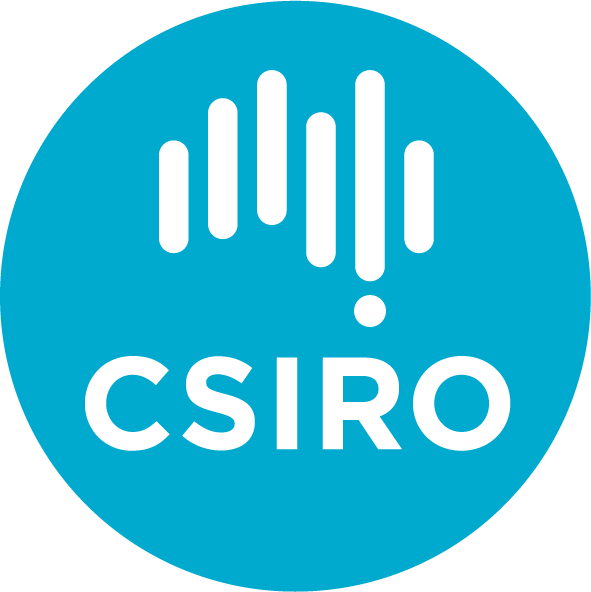4 June 2020
Researchers from CSIRO, Australia’s national science agency, have made it possible to 3D print tailor-made stents, a critical biomedical device used to treat narrow or blocked arteries.
The breakthrough, made in partnership with Wollongong-based Medical Innovation Hub, represents a paradigm shift in the production of self-expanding nitinol stents for Peripheral Arterial Disease (PAD), which afflicts more than 10 per cent of Australians.
PAD is a condition in which fatty deposits collect and reduce blood flow in arteries outside the heart — most commonly in the legs. People with PAD typically experience pain when walking and in severe cases may develop gangrene.
Minister for Industry, Science and Technology, Karen Andrews, said the home-grown technology had the potential to revolutionise the $16 billion global stent manufacturing industry.
“This is a great example of industry working with our researchers to develop an innovative product that addresses a global need and builds on our sovereign capability,” Minister Andrews said.
Until now, surgeons have been restricted to accessing ‘off-the-shelf’ stents for operations.
The ability to 3D print stents is expected to improve sizing options, preserve essential anatomy, and enable diameters and shapes to suit individual patient requirements.
The process could also allow for individual stents to be made on-site, under the surgeon’s direction, reducing inventory and saving money.
Finding a way to 3D print a self-expandable nitinol stent without compromising the metal’s unique properties has challenged metallurgists around the world.
The team of scientists at CSIRO’s Lab22 in Melbourne cracked the problem using a cutting-edge 3D printing process called Selective Laser Melting.
CSIRO Principal Research Scientist Dr Sri Lathabai said the process allowed them to create complex products with high geometric accuracy that are patient specific.
“Nitinol is a shape-memory alloy with superelastic properties,” Dr Lathabai said.
“It’s a tricky alloy to work with in 3D printing conditions, due to its sensitivity to stress and heat.
“We had to select the right 3D-printing parameters to get the ultra-fine mesh structure needed for an endovascular stent, as well as carefully manage heat treatments so the finished product can expand as needed, once inside the body.”
Chief Executive of Medical Innovation Hub Dr Arthur Stanton is a vascular surgeon who has treated thousands of patients and saw a need for an improved treatment.
“Currently, surgeons use off-the-shelf stents, and although they come in various shapes and sizes, overall there are limitations to the range of stents available,” Dr Stanton said.
“We believe our new 3D-printed self-expanding nitinol stents offer an improved patient experience through better fitting devices, better conformity to blood vessel and improved recovery times.
“There is also the opportunity for the technology to be used for mass production of stents, potentially at lower cost.”
A new company, Flex Memory Ventures, has been established to drive commercialisation of the technology.
About CSIRO’s Lab22
CSIRO’s Lab22 Innovation Centre is based in Clayton, Victoria. The team of specialist researchers has worked with industry partners to build a range of world-first biomedical parts including the world’s first 3D printed titanium heel, sternum and partial rib cage.
About Medical Innovation Hub
At Medical Innovation Hub we develop technologies to benefit the health care sector. With over thirty years of experience in vascular surgery behind us, we aim to improve vascular care for all Australians by turning innovative ideas into real technologies.




